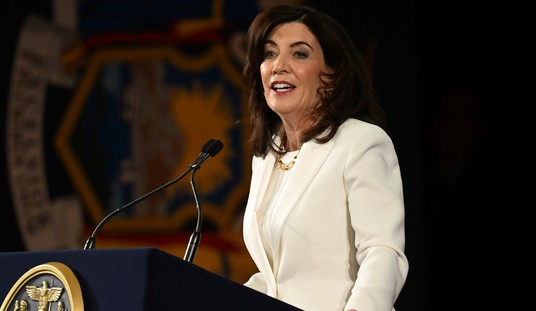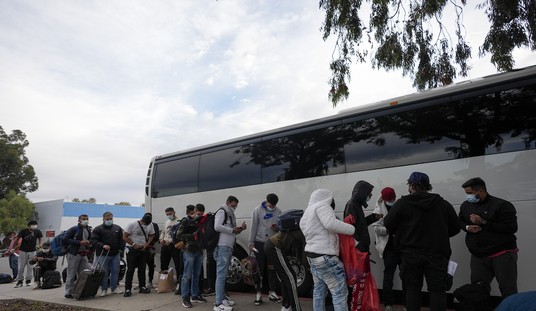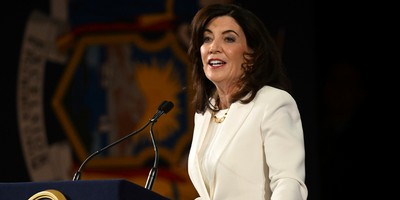Russia’s Sputnik news service picked up on this Science America video and article on the modeling of a nuclear terror attack on Washington, D.C. Check it out:
WATCH nuclear explosion outside @WhiteHouse modelled by experts https://t.co/JrMUCx0E4Z pic.twitter.com/cVlgdr6cBs
— Sputnik (@SputnikInt) April 17, 2018
Subtle, it’s not:
isn't Russia usually more subtle than this https://t.co/V0Nb8CrUcD
— Colin Campbell (@colincampbell) April 17, 2018
WOW: one of Russia's propaganda channels just shared a simulation of a nuclear bomb hitting the White House. Putin going full-blown-Kim-style? https://t.co/eaY5g8AWfO
— Asaf Ronel (@AsafRonel) April 17, 2018
https://twitter.com/velvetart/status/986183374904680448
Russia’s goals aside, it’s actually quite an interesting piece that details what went into the model to make it more accurate. For example, the model predicts that many residents won’t listen to the government and shelter in place after the attack but instead will attempt to reach loved ones:
Today’s version of the NPS1 model includes a digital simulation of every building in the area affected by the bomb, as well as every road, power line, hospital, and even cell tower. The model includes weather data to simulate the fallout plume. And the scenario is peopled with some 730,000 agents—a synthetic population statistically identical to the real population of the affected area in factors such as age, sex, and occupation. Each agent is an autonomous subroutine that responds in reasonably human ways to other agents and the evolving disaster by switching among multiple modes of behavior—for example, panic, flight, and efforts to find family members.
The point of such models is to avoid describing human affairs from the top down with fixed equations, as is traditionally done in such fields as economics and epidemiology. Instead, outcomes such as a financial crash or the spread of a disease emerge from the bottom up, through the interactions of many individuals, leading to a real-world richness and spontaneity that is otherwise hard to simulate.
Full video here:
***
























Join the conversation as a VIP Member